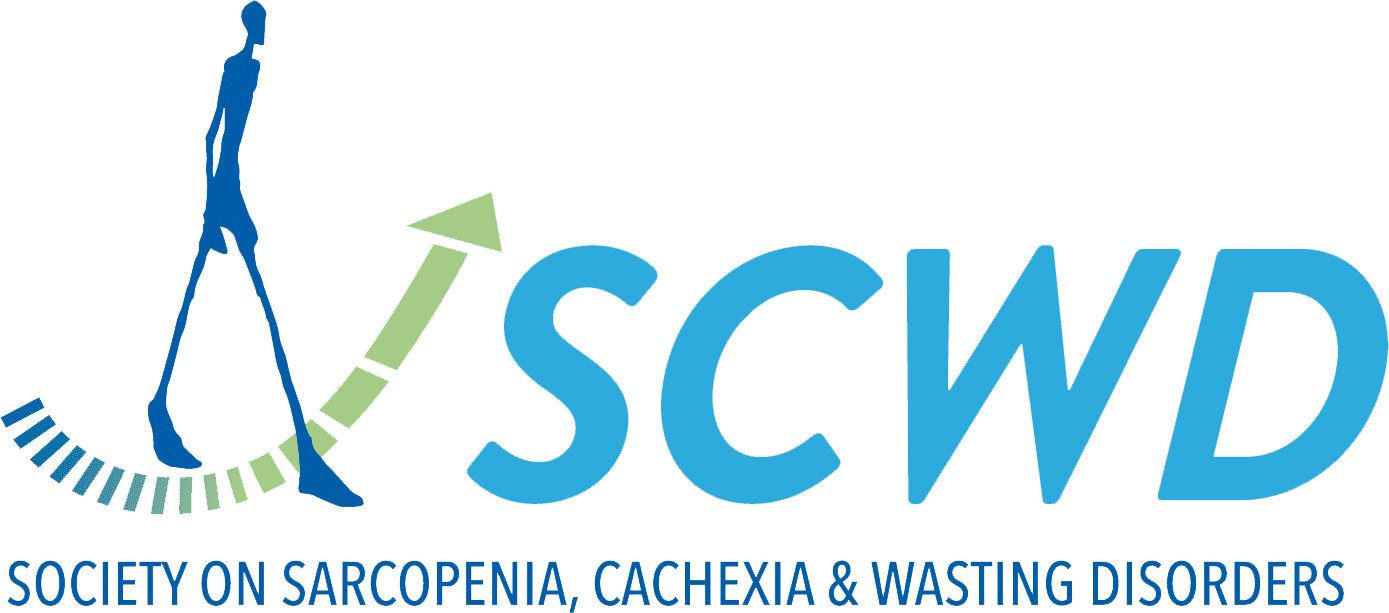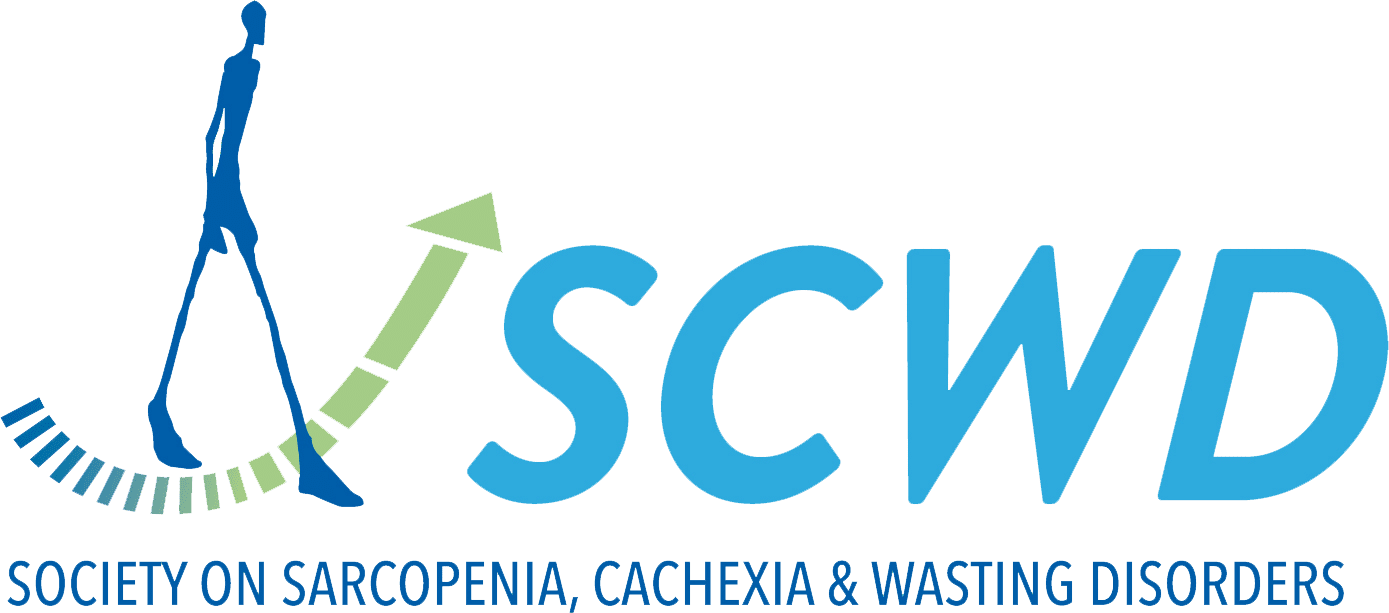Assessing the need for multimodal care in anorexia and cachexia patients with advanced cancer referred to palliative care: a secondary analysis of a multicenter survey in Japan.
There are no methods for assessing the need for multimodal care in cancer cachexia. We examined nine components in evaluating needs among advanced cancer patients.
This was a self-administered survey. Participants rated their nutrition impact symptoms (NISs) using a numerical rating scale, dietary intake using the Ingesta-Verbal/Visual Analogue Scale, and needs for nine components of multimodal care using a 7-point Likert scale.
They completed the Hospital Anxiety and Depression Scale (HADS), Distress Thermometer, and Impact Thermometer questionnaires. They were divided into high- and low-need groups based on the median of the total scores for the nine components.
We compared the groups and performed a multivariate logistic regression analysis to determine the association between need, NISs, dietary intake, and each scale. Ultimately, 170 respondents were grouped into the high-need (n = 88) and low-need (n = 82) groups.
There were no significant differences in their characteristics. The high-need group had significantly higher scores for NISs as well as higher HADS-Anxiety, Distress Thermometer, and Impact Thermometer scores.
Four or more NISs with a score ≥ 4 (odds ratio (OR) 2.24, 95% confidence interval (CI) 1.09-4.60), a HADS-Anxiety score ≥ 8 (OR 2.42, 95% CI 1.22-4.79), a Distress Thermometer score ≥ 4 (OR 6.10, 95% CI 2.36-15.76), and an Impact Thermometer score ≥ 3 (OR 3.87, 95% CI 1.57-9.50) were associated with a high need. The nine components were associated with NISs, anxiety, and distress.
They were useful in evaluating needs for multimodal care.


